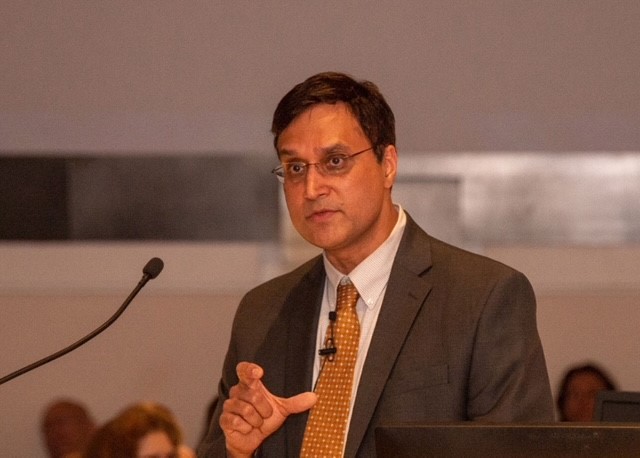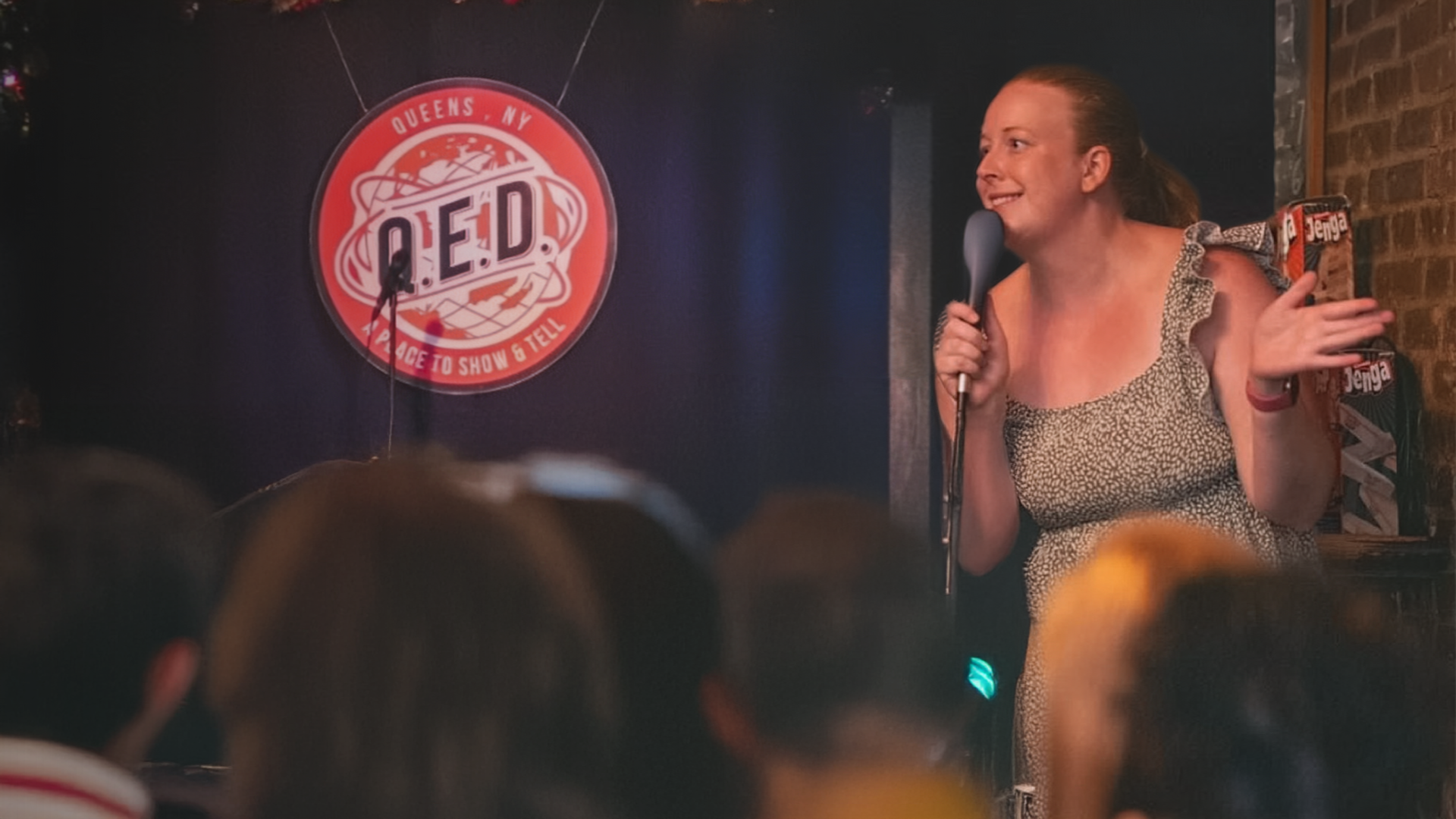Trying to Pole Vault and Land on a Dime: Federal Reserve Faces a Generational Challenge as It Fights Inflation
November 2, 2022
- Author
- Jay Pfeifer

After six months of interest rate increases, inflation isn’t showing any signs of slowing. And the Federal Reserve has no choice but to continue raising interest rates, says Davidson College Economics Professor Vikram Kumar.
Today, the Federal Reserve Open Market Committee will conclude its November meeting and it is expected to increase interest rates by .75 percent, the sixth increase in a row.
The question facing the Fed now is how aggressively can they continue increasing rates without taking an unacceptable toll on the economy. They need to stamp out inflation without overcorrecting and pushing the economy into a deep recession.
Needless to say, this is not easy. As Kumar puts it, “This is like trying to pole vault and land on a dime.
What you need to know:
-
Core inflation has continued to rise despite five interest rate increases, with a sixth likely to come today.
-
There are no signs that the Fed’s actions have pushed the economy toward recession.
-
The Fed is likely to continue to raise rates aggressively until it sees concrete evidence of inflation reduction.
-
The lag between interest rate increases and economic results makes measurement–and prediction–very difficult.
The Fed has increased rates for five months and is expected to do it again today. How effective has this policy been at containing inflation?
Right now, things are not looking great. Core inflation rates have not only not decreased, they've actually accelerated since July. Over the past three months, the core Consumer Price Index has grown from 5.9 percent to 6.7 percent.
Another important indicator, the core Personal Consumption Expenditures (PCE) Index, went up from 4.7 percent to 5.1 percent.
We’re seeing no effect of the interest rate hikes on the inflation rates that the Fed follows. That’s a worry. The monetary contraction began in March and this is November. So, after two quarters, there’s not much progress on the goal.
It’s hard to say that all is well.
Are there signs of overcorrection?
No, none at all.
But it’s important to note that monetary policy works with long and variable lags. So there is a high degree of uncertainty about everything, and that is by itself a challenge.
The picture is also clouded because the reality on the ground has shifted so much. The same numbers can mean something different today than they would have three years ago.
One would have expected by now that the high interest rates would have led to businesses downsizing their expansion plans in reaction to a limited profit stream in the future. But we don’t see that in unemployment. Unemployment is very stable at roughly 3.5 percent.
I don’t think that unemployment is going to budge very much until vacancies are down a little bit more. But yesterday's numbers show that vacancies have increased by about 0.5 million. This could be an example of the lengthy lag between policy moves and actual on-the-ground effects.
What do you expect the Fed to do today and in the future?
On Wednesday, the Fed is going to increase interest rates by 75 basis points. If they don’t, that’s going to be a shock.
Fed Chair Jerome Powell will also use his press conference to manage expectations. I think that he will give an unvarnished statement about the intentions of the Federal Open Market Committee to continue to raise interest rates. I wouldn’t rule out another 75 basis point interest rate increase in December.
I think the markets have been a little too rosy in their outlook. That has been one of the challenges the Fed has in communicating the seriousness of its intent and its commitment to stopping inflation.
Economics Professor
When do you think the Fed will consider throttling back?
I think the markets have been a little too rosy in their outlook. That has been one of the challenges the Fed has in communicating the seriousness of its intent and its commitment to stopping inflation. And that’s a serious challenge.
Every time the Fed raises interest rates, after two weeks, everybody starts speculating that the Fed is going to pivot, which means it will stop increasing rates so aggressively.
But I expect the Fed to stick it out until they see concrete evidence of inflation reduction–a decrease in the core PCE. I think they’re looking for a turnaround, not just stabilization. They want to see a reduction at a reasonably rapid pace toward their target rate of 2 percent inflation.
Do you think the Fed has a target interest rate in mind?
It is very possible that a new terminal rate will be articulated at the conclusion of today’s meeting. There seems to be increased divergence about the path of interest rates in the opinions of Open Market Committee members, which I think is a good thing.
I personally think that 5 percent is the minimum terminal interest rate and that it might need to go over that. Now, those long lags could come into play and all these things can get revised, but based on what I see, I’m not sure that the Fed can stop at 4.6 percent or 4.8 percent that some are expecting, or hoping for.



